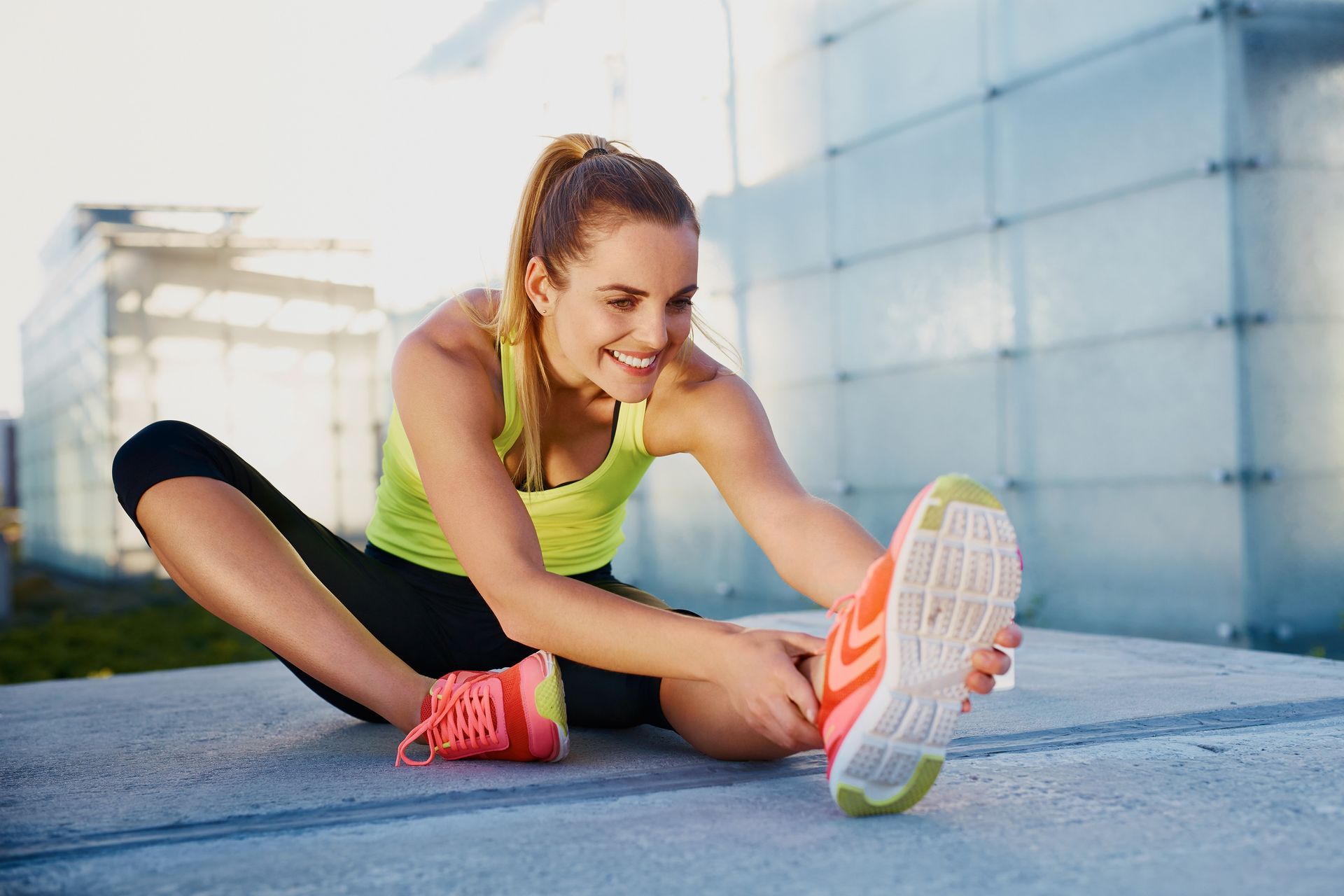The Beauty of a program: Couch to 5k
If you have doom scrolled through Instagram/Facebook or YouTube recently you may have been bombarded with advertisements for a slew of different exercise programs. These all usually have something to do with what you value and target you with a preamble on how to get it, how did I shrink my waist size, how do I build muscle or how I rehabbed my knee pain.
As an exercise physiologist it's my job to write these programs! Now although I don’t always enjoy interruptions to my news feed of cat videos and rugby highlights, I do actually think a lot of these programmes have merit! I love anything with a bit of structure that can help you progress yourself towards what you care about so today I wanted to write about one of my favourite programs of all time and that is the “Couch to 5km Running Programme”
Why Running?
I love running as an exercise choice, it gets you outdoors, it has increasing social connections via run clubs/park runs and is completely free! However, it’s hard to jump in to, I see a lot of people getting tripped up by some of the barriers that come with it. A lot of the people I see starting running don’t know about the many choices that come with exercise and in the exercise physiology business we call this the FITT principle!
- Frequency – How often are you doing your running?
- Intensity – How fast or slow are you running?
- Time – How long should I run for?
- Type – Why run over biking or rowing?
A dedicated programme takes care of these for you, and I think the Couch to 5k programme does a fantastic job of introducing you to all these different ideas.
Language!
The first thing I love about the “Couch to 5k” is its language. The use of simple and direct language leaves a bit of room for interpretation. You can see clear above on your first Tuesday run you will run for 1 minute and walk for 1 minute. In this small interval that speed is utterly and entirely up to you. Go as slow as you like or as fast as you like however I want you to run for the entire minute! Keeping things simple is so important and this guidance is exactly where I would want you to start off as a beginner runner, have some fun and run!
Progression!
From week to week the running times can be seen to get bigger and bigger! Slowly but surely these intervals only increase by 1 or 2 minutes at a time. Between each session you will be able to notice small increases, but your fitness catches up with that! The whole point of a programme is that it starts small and works up, no single day itself should feel like an insurmountable workout but by the end you’re able to run a whole 5k!
Rest!
This program builds in rest days and rest periods so well. Each day is spaced out giving some time for you two recovers but not so much so you can get some fitness in! Within the workouts as well these intervals leave you working for the right amount of time each workout.
Goals
Too often when working out our goals are too big and lofty. Being able to make big changes start with small actions and goals. You can’t change yourself image in one day so I like the time frame of 6 weeks (in some programmes 6-12 weeks) because by the end we have a set definable goal of what we want to achieve, and we can really feel thar progression of fitness!
Mathew Walker
Exercise Physiologist
Exercise Rehabilitation Services ‑ WA




